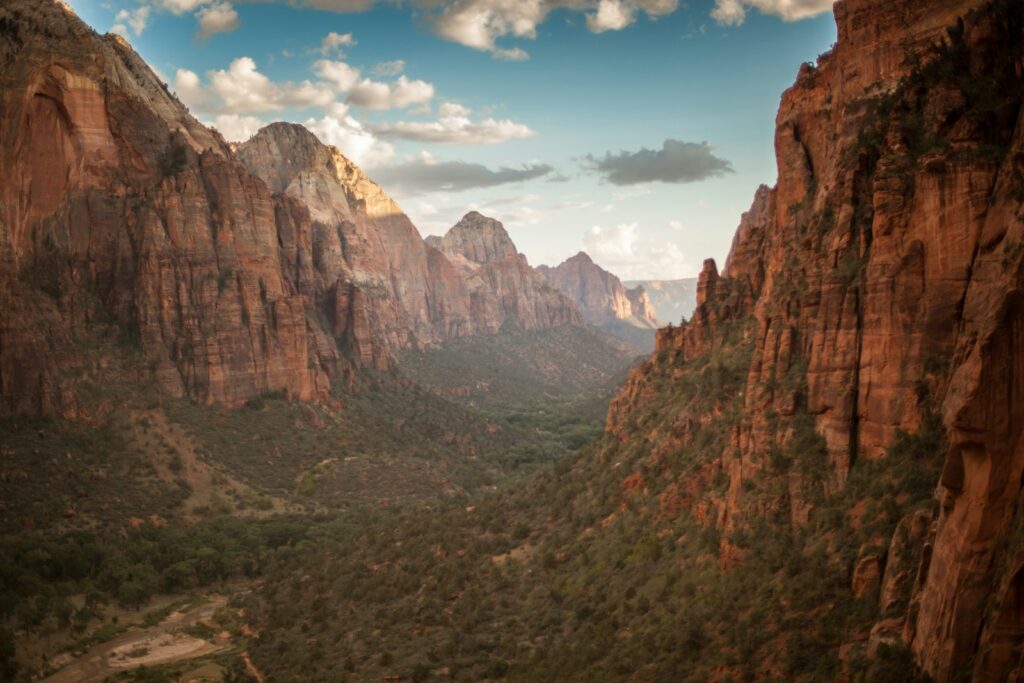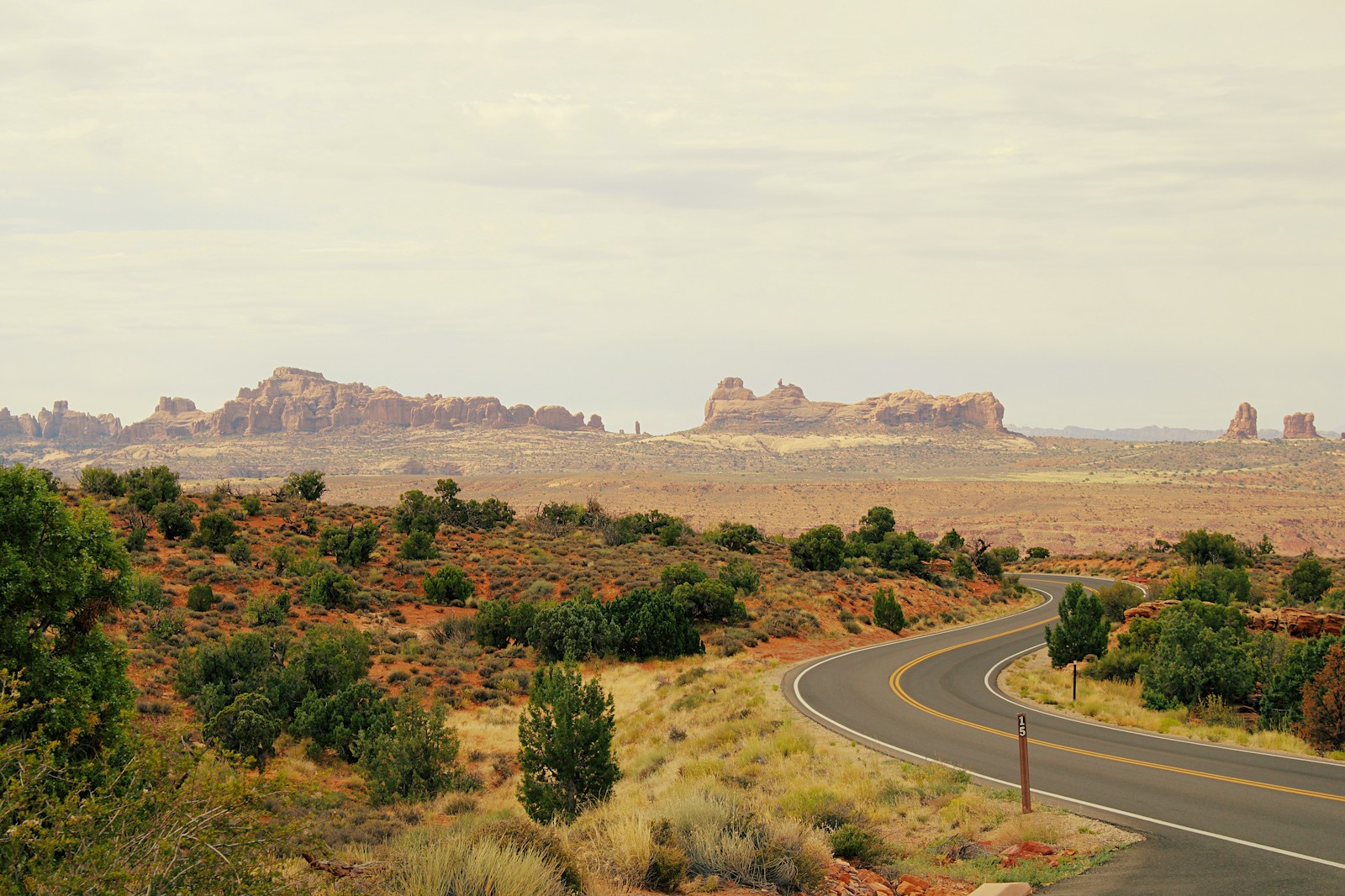Utah’s national and state parks offer some of the most breathtaking landscapes in America, from towering red rock formations to expansive canyon vistas. Beyond daytime exploration, these parks transform into natural observatories after sunset, revealing star-studded skies largely untouched by light pollution. Spending a night under this celestial canopy creates an experience that connects visitors to both the earth beneath them and the vast universe above. This article explores the unforgettable experience of sleeping under the stars across Utah’s diverse park system, from practical considerations to the profound moments that make such nights truly magical.
The Allure of Utah’s Dark Sky Parks

Utah boasts the highest concentration of International Dark Sky Parks in the world, with nine parks certified for their exceptional stargazing conditions. This designation isn’t merely symbolic—it represents locations where artificial light is minimal and natural darkness is protected as a resource. The clarity of Utah’s dry desert air further enhances visibility, allowing stargazers to see celestial objects that would remain invisible in most urban environments. On moonless nights, the Milky Way doesn’t just appear as a faint smudge but rather as a brilliant, three-dimensional river of stars arching across the entire sky, creating a humbling perspective on our place in the cosmos.
Zion National Park: Stars Between Canyon Walls

Sleeping under the stars in Zion offers a unique framing experience, with massive sandstone cliffs creating natural borders to the night sky. The narrow slot of visible sky from the floor of Zion Canyon presents stars as if through a natural window, intensifying their brilliance against the deep blackness. The contrast between daytime’s vibrant colors and nighttime’s monochromatic landscape creates a dramatic shift in perception. Many visitors report feeling a profound sense of sanctuary when nestled between these ancient walls while gazing upward, as if the canyon itself is cradling them beneath the cosmos.
Bryce Canyon’s Astronomical Advantage

Bryce Canyon National Park sits at elevations ranging from 8,000 to 9,000 feet, placing observers above a significant portion of Earth’s atmosphere. This elevation advantage results in exceptionally clear viewing conditions, with stars appearing to shine with remarkable stability and minimal atmospheric distortion. The park embraces its astronomical assets by hosting regular night sky programs led by rangers and volunteer astronomers equipped with powerful telescopes. Perhaps most magical is the experience of witnessing starlight illuminate the park’s famous hoodoos after dark, creating ethereal silhouettes that seem to connect earth and sky in a geological congregation.
Arches National Park: Celestial Frames

Few experiences rival watching stars through the natural windows of Arches National Park’s famous stone formations. Photographers and stargazers alike seek out these perfect natural frames for celestial objects, with Delicate Arch and North Window being particularly popular spots for nighttime contemplation. The contrast between solid sandstone and infinite space creates a powerful visual meditation on permanence and transience. Visitors often describe feeling a connection to ancient peoples who likely also tracked the movement of stars through these same stone portals thousands of years ago, creating a profound temporal bridge between past and present.
Canyonlands: True Wilderness Darkness

The remote nature of Canyonlands National Park, particularly its Maze and Needles districts, offers some of the darkest skies available in the continental United States. The vast open expanses allow for unobstructed views of the entire celestial dome without interference from nearby mountains or features. The park’s isolation means camping here delivers not just darkness but profound silence, allowing stargazers to fully immerse in the experience without distraction. Many visitors report sensory experiences beyond the visual—the absence of noise pollution allows them to “hear” the silence of space in a way that creates a multisensory connection to the universe.
Capitol Reef’s Night Sky Heritage

Capitol Reef National Park combines exceptional night skies with a rich human history of celestial observation. Ancient petroglyphs throughout the park include astronomical symbols, suggesting the night sky held special significance for indigenous peoples who once inhabited this region. Modern visitors sleeping under these same stars often report a sense of continuity with human history spanning thousands of years. The Waterpocket Fold, a 100-mile long wrinkle in the Earth’s crust, creates a distinctive geological horizon line that frames the stars in a way found nowhere else in Utah’s park system.
Practical Considerations for Overnight Stargazing

Sleeping under Utah’s stars requires thoughtful preparation beyond standard camping gear. Temperature fluctuations in desert environments can be extreme, with even summer nights potentially dropping below 50°F while winter nights regularly plunge below freezing. A sleeping system rated at least 10-15 degrees below anticipated temperatures ensures comfort throughout the night. Moisture management becomes equally important, as condensation forms rapidly in desert environments despite the arid climate, making waterproof ground cloths essential even on clear nights. Successful stargazers also bring red-filtered headlamps to preserve night vision while navigating camp after dark.
Choosing the Perfect Sleeping Setup

While traditional tents offer security and weather protection, they significantly limit stargazing potential. Many experienced park visitors opt instead for minimalist setups that maximize sky visibility while maintaining comfort. Bivy sacks provide a lightweight compromise, offering protection from insects and light precipitation while maintaining a nearly unobstructed view. Alternatively, a simple groundsheet paired with a quality sleeping bag creates the most immersive experience, though this approach requires greater confidence in weather forecasts. For those seeking luxury, several Utah outfitters now offer “glamping” experiences with transparent-roofed accommodations specifically designed for stargazing comfort.
The Changing Night: From Sunset to Sunrise

One of the most rewarding aspects of sleeping under Utah’s stars is witnessing the complete arc of nighttime changes. The transition begins with the subtle earth shadow rising in the east as sunset fades in the west, followed by the appearance of the brightest planets and stars piercing through the deepening blue. As true darkness descends, the Milky Way gradually emerges, building to its full brilliance around midnight when the lack of light pollution reveals dust lanes, star clusters, and neighboring galaxies visible to the naked eye. Toward morning, many observers report the profound experience of witnessing meteors more frequently as the planet rotates into the dawn side of its orbit.
Wildlife Encounters Under the Stars

Sleeping under the stars in Utah parks often includes unexpected encounters with the nocturnal wildlife that emerges after sunset. The rhythmic calls of great horned owls provide a natural soundtrack in forested areas, while desert environments come alive with the darting movements of kangaroo rats visible in peripheral vision. Many campers report the magical experience of witnessing bats silhouetted against the star-filled sky as these mammals navigate with precision between trees and rock formations. For the exceptionally fortunate, the glowing eyes of ringtails or kit foxes might briefly reflect starlight before these shy creatures disappear back into the darkness.
Seasonal Variations in the Night Experience

Each season offers a distinctly different stargazing experience in Utah’s parks, with summer bringing views of the Milky Way’s dense galactic center arching overhead from south to north. Winter, despite its challenges, rewards brave observers with the clearest air of the year and spectacular views of Orion, Taurus, and the Pleiades dominating the southern sky. Spring offers moderate temperatures and excellent viewing of galaxies beyond our own, particularly the Virgo Cluster. Fall might be the ideal compromise for most visitors, combining comfortable overnight temperatures with excellent visibility of both summer and winter constellations during different parts of the night.
Psychological Impact of True Darkness

Researchers studying the effects of natural darkness exposure document significant psychological benefits from nights spent under truly dark skies. Many visitors report experiencing the “overview effect”—a cognitive shift typically described by astronauts—where seeing Earth’s place in the cosmos creates a sense of unity and interconnectedness. This experience often triggers deep contemplative states that participants describe as spiritually meaningful regardless of their religious backgrounds. Sleep researchers have additionally found that exposure to natural darkness cycles can reset disrupted circadian rhythms, with many visitors reporting improved sleep quality for weeks following their star-sleeping experiences in Utah’s parks.
Cultural and Historical Connections

Sleeping beneath Utah’s stars creates a tangible connection to both indigenous and pioneer histories of the region. Native American tribes including the Ute, Navajo, and Paiute incorporated celestial observations into cultural practices and navigation for thousands of years before European settlement. Mormon pioneers similarly used celestial navigation during their westward journey, with stars guiding their path to what would become Utah. Modern visitors often report that removing the technological buffer between themselves and the night sky creates a profound sense of connection to these historical experiences. Many find themselves naturally contemplating the same questions about humanity’s place in the universe that have occupied humans throughout history.
Capturing the Experience: Photography Challenges

Many visitors attempt to photograph Utah’s night skies, though capturing the true visual experience presents significant technical challenges. Modern smartphones can record basic star patterns but fail to capture the depth and brilliance of the Milky Way visible to the naked eye. Dedicated astrophotographers use specialized equipment including full-frame cameras, wide-angle lenses with large apertures, and stable tripods to create long-exposure images. Even with proper equipment, many photographers report that their best images still fall short of conveying the emotional impact of witnessing Utah’s night skies firsthand, particularly the three-dimensional quality of the Milky Way that no two-dimensional medium can fully represent.
Conclusion: An Experience Beyond Words

Sleeping under the stars in Utah’s parks creates memories that transcend ordinary travel experiences. The combination of world-class landscapes, protected dark skies, and the profound silence of wilderness areas offers a rare opportunity to disconnect from modern life and reconnect with natural cycles. Many visitors report that these nights rank among their most meaningful outdoor experiences, creating a perspective shift that remains long after returning to everyday life. In an increasingly illuminated world, Utah’s parks stand as crucial sanctuaries of natural darkness, preserving not just the land but also the ancient human experience of witnessing the universe in its full splendor.

